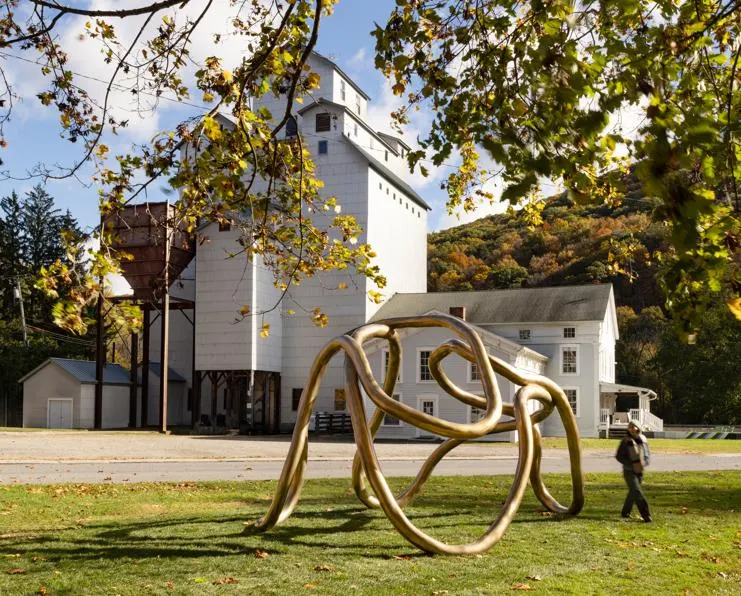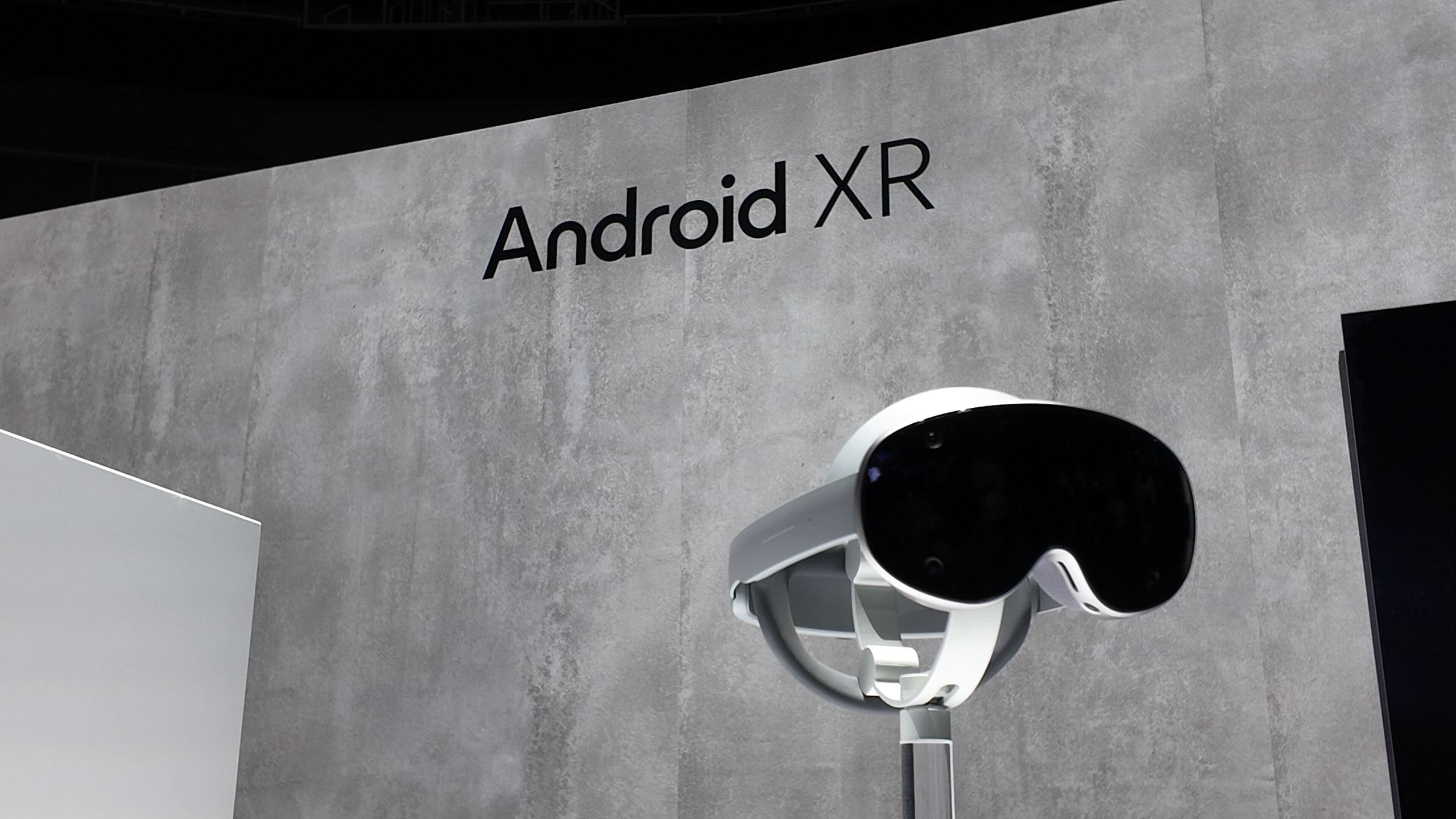Copyright forbes

Artist and activist Molly Gochman's latest exhibition, Monuments to Motherhood Photo by Joshua Simpson / Courtesy of the artist & Wassaic Project When you walk through the Wassaic Project in upstate New York, there’s a moment when the noise of the world quiets. You see bronze loops rising from the grass, curving into shapes that seem to hold one another that represent mothers. You might run your hand across the metal. You might rest against it. You might even exhale for the first time all day. That pause, that invitation to be still, is the essence of artist and activist Molly Gochman's latest exhibition, Monuments to Motherhood and inseparable, which opened October 18–19. Through sculpture, soil, and space, Gochman reminds us of something our society too often forgets: care is monumental. It sustains everything. And yet, it's the least supported work there is. A Monument to the Invisible Gochman's Monuments to Motherhood is a series of bronze sculptures honoring the endurance, strength, and tenderness of caregivers. The loops ranging from four to fifteen feet tall invite visitors to touch and lean, a tactile reminder that caregiving holds us all. Bronze, traditionally reserved for generals and conquerors, here becomes a vessel for something far quieter and arguably more courageous: the daily, often invisible labor of nurturing others. Photo by Joshua Simpson / Courtesy of the artist & Wassaic Project "The loops are made of bronze. The loops support one another," she said. "And so it is about this mutually supportive relationship. But also, it must be bronze … because caregiving is so undervalued. I wanted to use this material that we see as valuable, but also that will outlive me and my kids." MORE FOR YOU Bronze, traditionally reserved for generals and conquerors, here becomes a vessel for something far quieter and arguably more courageous: the daily, often invisible labor of nurturing others. The oils from visitors' hands will slowly alter the surface over time. "When you touch bronze, you transform it," Gochman said. "Just like when you're caring for a person, you don't always see how you're changing them, but that transformation happens." The Data Behind the Art Her message couldn't be more urgent. The crisis facing caregivers and mothers is both emotional and systemic, and the data paints a stark picture. According to the Centers for Disease Control and Prevention, parents and unpaid caregivers are at significantly higher risk for poor mental health. During a national survey conducted between December 2020 and March 2021, those responsible for both child and adult care were over five times more likely to report adverse mental-health symptoms than adults without caregiving duties, and over eight times more likely to report suicidal thoughts. The Policy Center for Maternal Mental Health's 2025 report found that 84% of birthing-aged women in the U.S. still live in maternal-mental-health provider shortage areas, a slight improvement from 96% in 2023, but still alarmingly high. The number of "severe-risk" counties where poor maternal-mental-health outcomes intersect with few available resources has tripled in just two years. Meanwhile, the Caregiver Action Network reports that two-thirds of all caregivers are women, and the average caregiver is a 49-year-old woman who works outside the home while providing roughly 20 hours per week of unpaid care to a family member. Add to that the fact that 1 in 5 women experience a mental-health or substance-use disorder during pregnancy or postpartum, and that most of them never receive care, and you begin to see the depth of the crisis. The burden is real. The burnout is visible. But the infrastructure to support it is missing. The Personal Root of the Work "I grew up with monuments to violence," she said. "But caregiving, which sustains all of us, rarely has a space in public life." Aly Morrissey For Gochman, this isn't abstract. It's personal. "I grew up with monuments to violence," she said. "But caregiving, which sustains all of us, rarely has a space in public life." Her mother lives with a mental illness. Her father battled serious health issues for years. "I was told, growing up, that I was my mother's mother," she explained. Later, she became her father's caregiver as well. "My brother said to me, 'You were dad's primary caregiver for the last ten years of his life.' And I thought, what's a caregiver? I didn't even know. I just did what needed to be done." That lived experience of love entwined with responsibility, exhaustion, and quiet strength runs through every inch of her work. By monumentalizing care, she transforms it from something hidden behind closed doors into something communal and revered. inseparable: Connection as a Living Landscape Gochman's installation, inseparable, spells out the word in Braille using mounds of densely packed soil and grass. It's both a sculpture and an ecosystem alive, evolving, and intertwined with its environment. Photo by Joshua Simpson / Courtesy of the artist & Wassaic Project Alongside Monuments to Motherhood, Gochman's installation, inseparable, spells out the word in Braille using mounds of densely packed soil and grass. It's both a sculpture and an ecosystem alive, evolving, and intertwined with its environment. "The earth is impregnated with language," Gochman said. "We are inseparable from one another and inseparable from the land." Each mound is large enough for someone to lie down on. On their own, the raised dots mean nothing. Together, they form a message. That's the point. Just as meaning in Braille emerges through connection, so does meaning in life. The installation serves as a metaphor for human interdependence—a reminder that none of us thrives alone. A National Pattern of Neglect As Reshma Saujani, founder of Moms First, said, "American motherhood is brutally hard, and we've been gaslit into believing otherwise." Getty Images That message aligns painfully with what mothers and caregivers across America feel every day: disconnected, isolated, and under-supported. As Reshma Saujani, founder of Moms First, said, "American motherhood is brutally hard, and we've been gaslit into believing otherwise. Culture gives us a false choice: grind harder at work or retreat into an impossible fantasy of domestic bliss. Both are a con." She added, "If you feel exhausted, you might think: I'm just a bad mom. But you're not broken. The system is." She's right. The lack of paid leave, affordable child care, flexible work, and accessible mental-health care isn't just a personal struggle; it's a national policy failure. When families are forced to choose between work and well-being, both parents and children pay the price. Supporting caregivers is both moral and economic. When parents can't work, businesses can't grow, and the country can't thrive. Art as Advocacy That's why exhibitions like Gochman's matter. They bridge art and activism, emotion and evidence. They create spaces where data becomes human again. Real progress in maternal mental health begins with connection. Gochman's work offers a physical manifestation of the community and recognition that mothers so often lack. Her sculptures become both a memorial and a meeting point. "I want people to feel held by it," she said. "To feel welcome, safe, valued. That simply showing up and being present is of value." It's a sentiment that mirrors what every overwhelmed parent or exhausted caregiver hopes for: a space to rest, to be seen, to be honored. From Bronze to Policy Public art doesn't fix policy gaps. But it does something almost as important; it shifts the cultural conversation. Gochman's bronze loops don't just represent caregivers; they challenge us to rethink who we celebrate and how. For decades, monuments have centered power, victory, and dominance. Monuments to Motherhood center on connection, empathy, and endurance. inseparable reminds us that the health of one depends on the health of all. A Call to Recognize Care as Infrastructure In the U.S., 43% of families can't afford essentials, and 74% of mothers work. Many live one emergency away from financial ruin. Yet social media continues to push impossible ideals of "perfect parenting," implying that burnout is a personal flaw rather than a structural problem. The truth is simpler, and harder to face. We've built a society that runs on invisible labor. And we've built it without valuing the people who perform it. Art like Gochman's doesn't just beautify; it bears witness. It says: This matters. The caregivers matter. The mothers matter; the quiet, unending work of sustaining life matters. What It Means to Be Seen To stand before Monuments to Motherhood is to feel both gratitude and reckoning. Gratitude for those who've cared for us. Reckoning for how little we've cared for them in return. If care is what holds the world together, then maybe the real question is: who has the caregivers? In bronze and earth, Gochman offers an answer; one that’s both intimate and universal. She invites us to see, to touch, to feel the truth we too often avoid: we are all shaped by how we hold one another, which includes mothers. And perhaps that's the monument we've been missing all along. Editorial StandardsReprints & Permissions



